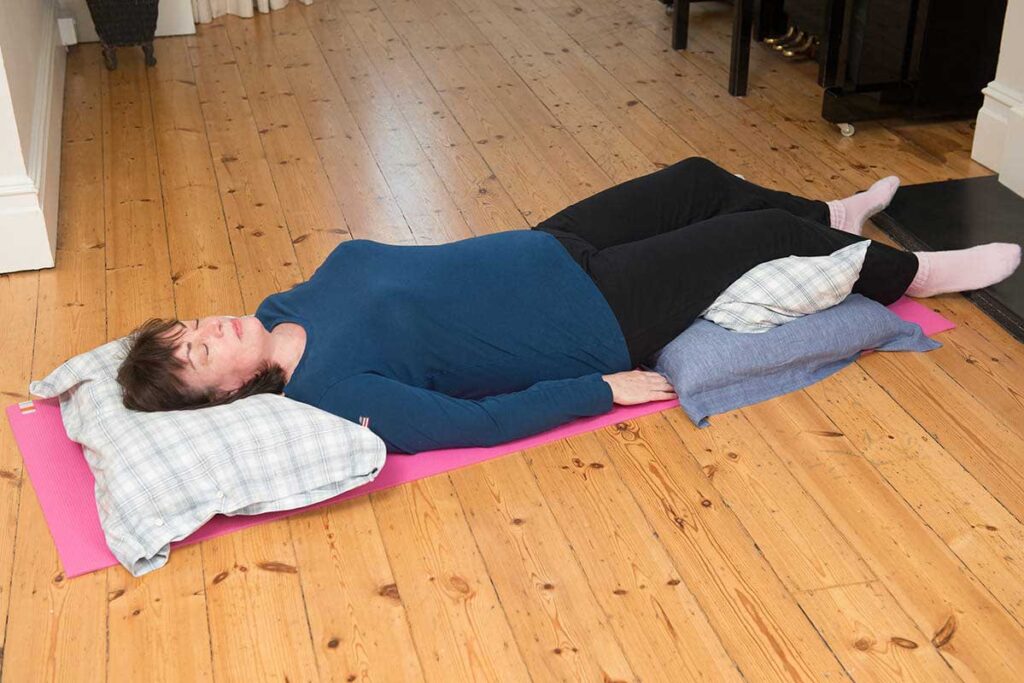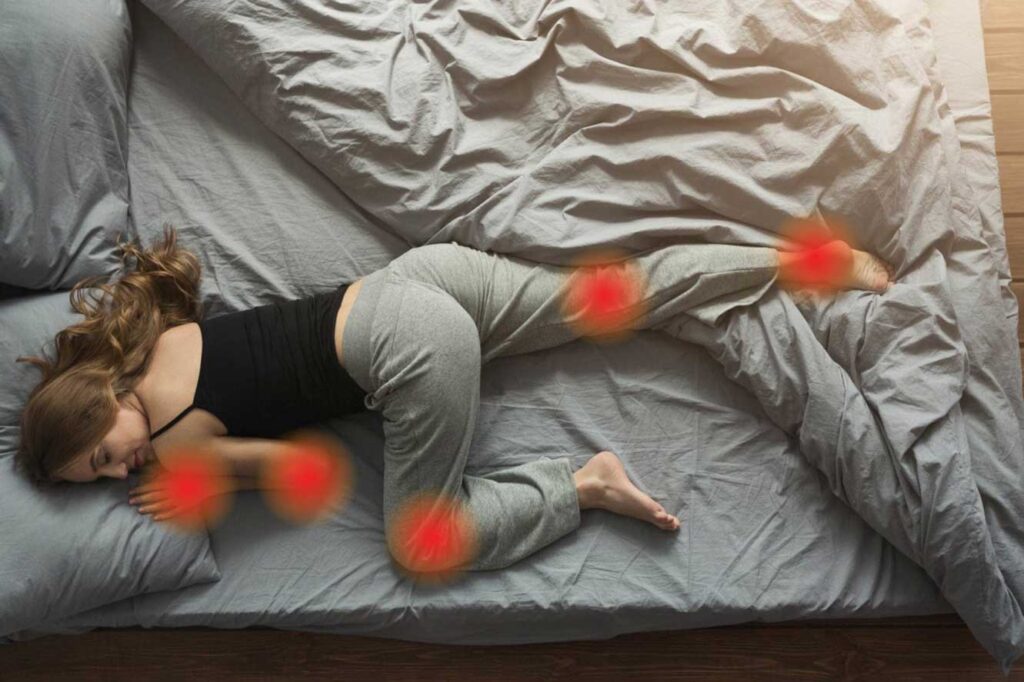People going through sciatica often complain about leg pain. Sciatica describes the condition of pain that travels along the path of the sciatic nerve. The sciatic nerve starts its roots from the lower back, travels to the hips and buttocks, and down to each leg. The sciatic nerve can be painful when there is a condition with a herniated disc or a dense bone that starts putting pressure on that part of the nerve.
Sharp shooting pain in the leg is one of the most common symptoms of sciatica. Specialty Care Clinics provides a special pain management program to achieve a sense of relief in leg pain. Sometimes these symptoms get worse when you turn to certain positions such as lying down for sleep. The intensity of the pain increases and sharp pain can be felt.

WHAT HAPPENS WHEN LEG PAIN OCCURS?
Falling asleep can be one of the problems when you have sciatica. Also, you can experience throbbing pain in the middle of the night. The pinched, irritated, or inflamed nerve root in the lower spine or pelvis gives rise to sciatic nerve pain. This type of pain can have multiple reasons, from herniated discs to bone spurs to a tense piriformis muscle. Among few of the positions that can worsen the situation are the following :
Leg pain while lying on the back
The natural inward curve of the spine in the lower back gets more points up when lying on the back than in a sitting or reclining position. This situation is known as lumbar lordosis. Keeping this position for long makes the passageway (foramina) smaller where the nerve root leaves the spinal column.
Having the condition of herniated disc or bone spur directly pinches the nerve root that ultimately becomes the reason for sciatic pain in both legs (called lumbar spinal stenosis). Lumbar stenosis term defines the narrowing of the spinal canal in the lower part of the back.
- Relieve pain to some extent :- You can relieve sciatica pain to some extent by lying down on the back and keeping your legs slightly above or elevated. This posture will remove the pressure formed in the lower spine and help in opening the nerve canal.
- Try out some body positions :- You can use a pillow beneath your knees while sleeping. If you are having an adjustable mattress or reclining chair, make use of them too, for example, keep your knees inclined toward you while sleeping. This will reduce the inward curve of your lower spine and helps you to get a good night’s sleep.

Leg pain while lying on the side
Some people prefer to sleep on their side. Lying on the side can also induce pain in a couple of ways :
- Exerting pressure on the nerve root by lying on the side of the leg affected by sciatica pain.
- Hips tilted too far from one side while lying down on the side, causing the spine to curve, pinching the nerve roots, and ultimately causing leg pain. For example, when you lie down with one side of the unaffected leg it creates pressure on the other leg by keeping your affected hips curve too far up towards the ceiling which results in pain.
Relieve pain to some extent :- Try sleeping with the side of the unaffected leg. However, this advice is not useful for everyone and you may feel that the reverse position is more comforting. This will help you relieve pain to some extent but for severe or intense pain you can go to our Specialty Care Clinics.
Try out a few tips :- To reduce the pain while sleeping on the side, try placing a pillow in between your legs and aligning your hips to the spine in spite of curving them outwards. It will put less pressure on the affected leg.

WHEN TO GO FOR A DOCTOR’S ADVICE?
If you are facing difficulty falling asleep and leg pain keeps you awake every night. Then you can book an appointment to seek a doctor’s advice. After a proper diagnosis of the condition, a clear reason for leg pain can be determined. Share all the details related to your pain (sharp, shooting, hot, dull) with your doctor to ease the procedure.
Getting an expert’s advice to ease the leg pain from sciatica condition or any other is essential. Call Specialty Care Clinics at (469) 545-9983 for our pain management program.
